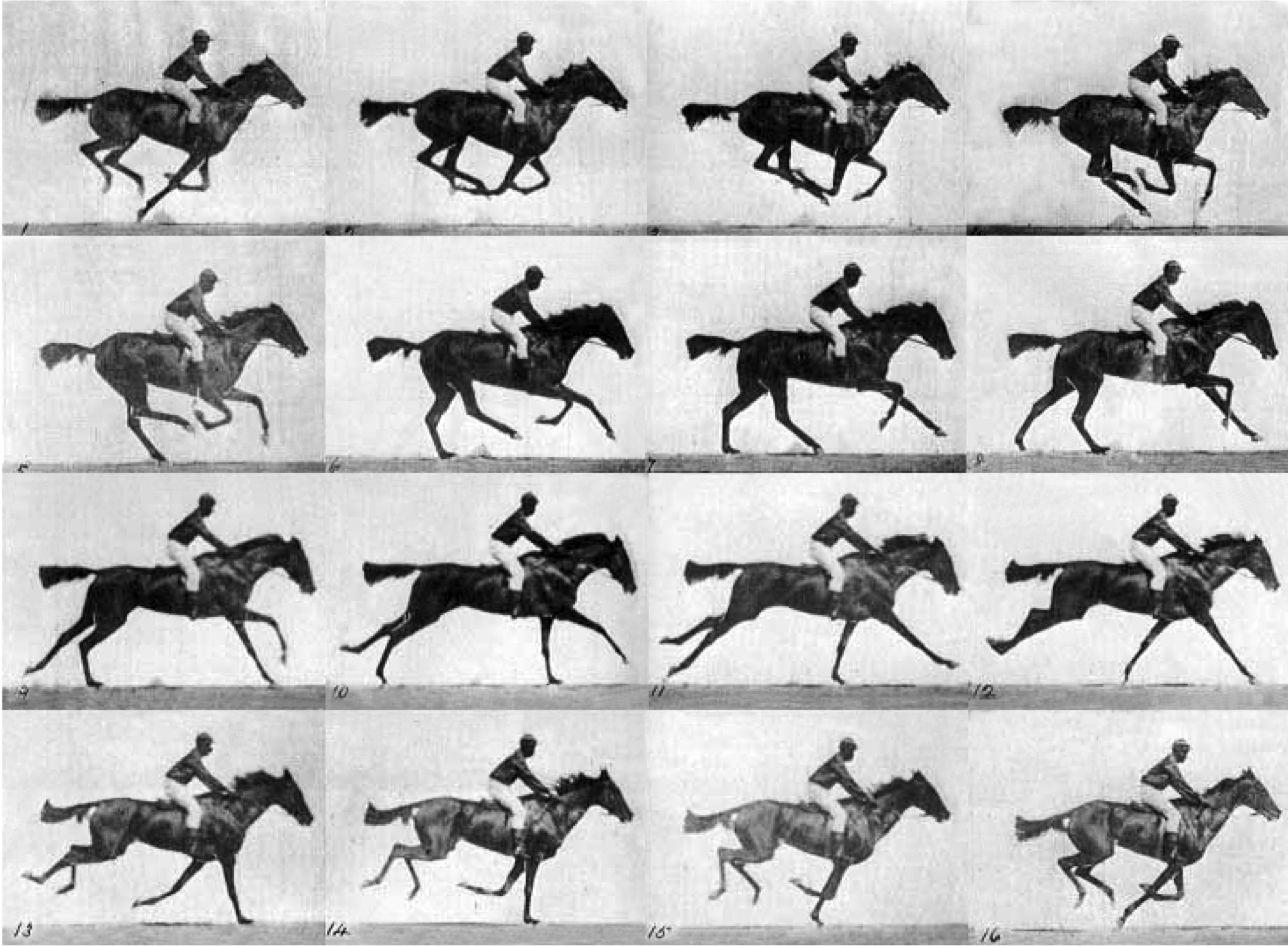Storytelling with movement: Motion animation for branding
Nowadays, animation is an everyday thing; wherever we look, we will see movement, let it be our phone alarm, notifications, a website, a billboard, or even the next app we open. That alone says how essential this field has become and how it doesn't cease growing. This year, Cisco predicted that 82% of internet traffic would be videos.
People outside the industry are mesmerized by animations, constantly asking people in the field about what makes things move, their purpose, and their story. Therefore making animation a superb branding tool since motion can help brands communicate and explain their product in a prominent, visual and attractive way. This can be done in various forms, such as with an explainer video, product animation or logo animation, or even a promotional video—no wonder we can perceive how motion is applied more and more throughout brand systems these days.
When animating for branding, it's crucial to consider how the elements will move to communicate what the brand looks to express. The motion language of the brand needs to have a purpose; therefore, every motion decision comes with a reason behind it. When animating graphic elements of a system, it's good to consider the following: Would it aid the brand's communication by moving in a certain way? Does the motion tell a story or have a narrative tied to it?
For a motion graphic to succeed, its movent must tell the brand's story. For instance, if the brand is playful, then the motion of its graphics must be of this nature. Therefore, the typographies and shapes must move playfully; this may be done by applying an exaggerated squash and stretch. Depending on the brand's story, it may start with opacity, scale up from the middle, or come from the right. That narration has to be in hand with what the brand is saying. Every logo, typography, and shape has a character, and the animation has to move according to that personality.
Another example of how to apply motion in a brand system is typography. Types already have personality, and when put into action, they can help communicate a mood or "feeling," you can have a conversation with the brand just through the movement of typographies. This type of motion can help support the hierarchies of an editorial piece; action can help communicate these variables and their different "tones." For instance, thin typographies communicate one thing, while thick ones another; in the same way, different kinds of animation can express different things.
In the studio, more and more, we are implementing animation in client presentations. For example, if we have a brand with a modular system, we can use motion to showcase the variables of its systems visually. The same applies to typographies; if we animate the weight of a type, it helps tell its mood or story.
We often see animation applied in UI design as well. While designing interfaces, we must consider how the app will open, how the button will react when the cursor is on top, and what transition a webpage should have when it changes the page. When extending a brand to a website, we should evaluate how the web will interact with the user.
Here at tbpmx, we constantly push ourselves to evolve and keep up with technology as we try to incorporate motion into everything we do. In the end, anything can move, but the way it moves and the story it tells with that animation is what makes a difference from just something moving.



